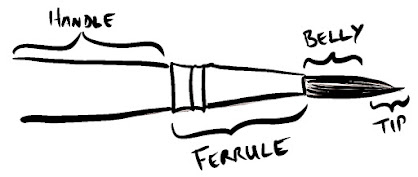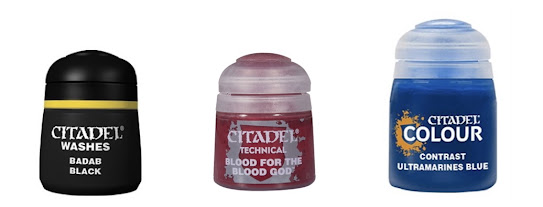Things I Learned Moving My Minis
I’ve just moved my whole mini collection for the first time and I learned a number of valuable things in the process. Maybe some of my learnings can help you get ahead of a move in the future. 1. You have more minis than you realize I already had a good amount of mini storage and I even made some home made transport. I glue magnets to the bases of my minis and use a Table War case to transport armies to games. However I have to switch the armies out so I got some low profile plastic tubs, some 28 gauge galvanized steel sheet, and had myself some great homemade mini transport. Even with all this I ended up buying a Citadel Crusader case for all the random extra minis I had. Then I realized a bunch of my flying vehicles couldn’t be magnetized so I bought another Game Plus bag and foam (I already had 1), then that still wasn’t enough so I bought another. In all, from almost exactly 5 years back in the hobby, I required the following to transport my built (and mostly paint...





